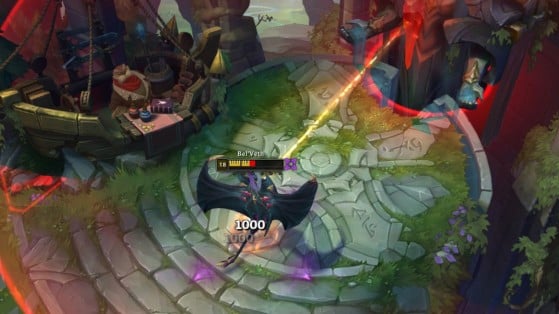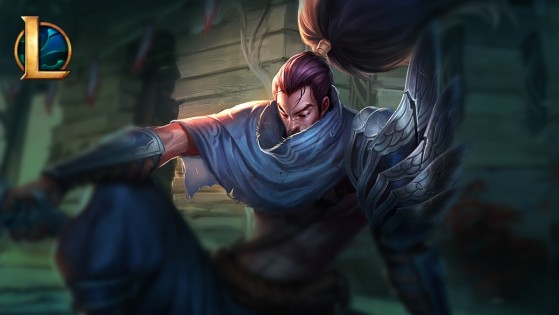To learn how to play League of Legends, we are forced to simplify. We don’t care that global abilities don’t really exist if spells can travel the entire map. We also don’t need to know exactly how many units the Flash moves us, as long as we are clear about which walls we can walk through with the spell. However, more of us than others want to learn the thousands of details that make up our favorite video game.
The three main damage categories of League of Legends
One of the most interesting details in League of Legends concerns damage. Almost every player we interview will tell us that there are three different types of damage in the game: magic, physical, and raw. Granted, we can’t say they’re wrong with that answer, but they make the mistake of oversimplifying. The reality is that Riot Games has programmed many more categories to define how champions lose health. However, before moving on, it’s time to consider why this classification is the only one that tends to matter in the community.
Knowing the distribution of a champion’s damage according to the three main categories allows us, from an offensive point of view, to choose builds that balance physical and magic attacks to make life difficult for our opponents. Likewise, for defensive decisions, it’s really important to have a rough idea of how enemies will take us out of life. There are cases like Kog’Maw who, despite being played primarily in the ADC role, deals half of his damage as magic damage. This makes him the ultimate League of Legends hybrid champion.
There are other quirks that are just as tricky to deal with. Master Yi, Vayne, Camille, Fiora, Olaf, or Ahri deal nearly 30% true damage. This means that neither physical resistance nor magic resistance will be as useful against them, so you will have to buy a lot of life or counter them with utility items.. For example, Frozen Heart can be a good idea against characters who can deal true damage with their basic attacks. The reasoning is simple: the fewer auto-attacks, the less raw damage you and your team take.
League of Legends goes beyond the damage we know
The problem with dividing damage into only three categories is that it is impossible to explain everything in this way.. A good example is Liandry’s Torment. This item’s passive causes a burn that deals magic damage over time to enemies after taking damage from an ability. With only three types of damage, it would be difficult to answer many questions.
- Why doesn’t Liandry’s burn activate on its own?
- Why don’t items that deal magic damage, like the Solar Cloak, activate Liandry’s Torment passive?
- Why don’t pets (Tibbers or Daisy), which activate other magic damage items like Riley’s Scepter, do the same with Liandry?
It’s true that all of Liandry’s Torment interactions could be explained by saying that Riot Games uniquely programmed the item to have those particular interactions. However, that’s not how things work in video games. Entering lines of code for each exception is a daunting task, especially considering that League of Legends has well over 800 skills and several dozen items. To avoid bugs (there could be even more) and to make everything easier, you have to create a logic that allows you to categorize each type of damage.
To meet all your needs, Riot Games had to create a total of 10 different subtypes to define the damage. They are the ones who explain all the exceptions in the game.
The above classification gives rise to about twenty different types of damage. Indeed, the three main variables (physical, magical and raw) are supplemented by the ten sub-categories. For example, the damage dealt to champions by each base’s source turret is defined as raw when attacking the champions’ HP directly and also as “internal raw” when ignoring any immunity or resurrection abilities.
Full Damage List Allows Riot Games to Solve 99% of Scenarios, Though Exceptions Are Always in Order. To continue with a new example, Jax or Nilah are able to dodge all instances of base damage with their abilities. However, they also do the same with Twisted Fate’s W – Good Pickaxe, which is calculated as ability damage. This is because, in terms of “play feel”, it behaves too much like a basic attack. Players, even without knowing how the two spells interact, would instinctively cast their immunity spells to stop it because it seems “the logical thing to do”.
- Doing damage doesn’t wake up enemies put to sleep by Zoe or Lillia.
- Only skill, area, and persistent damage are capable of activating all ability-related effects.
- Normal damage is what allows Riot Games to create the most exceptions, making the item system sustainable.
- Raw damage and internal raw damage are almost the same, but Riot has differentiated them to make life easier. Kindred or Tryndamere can use their ultimate to survive the first category, but never the second.


